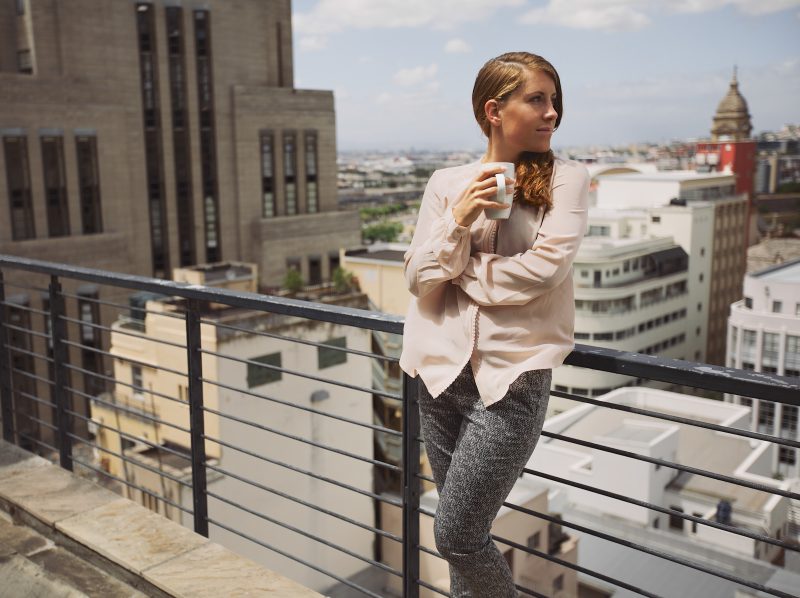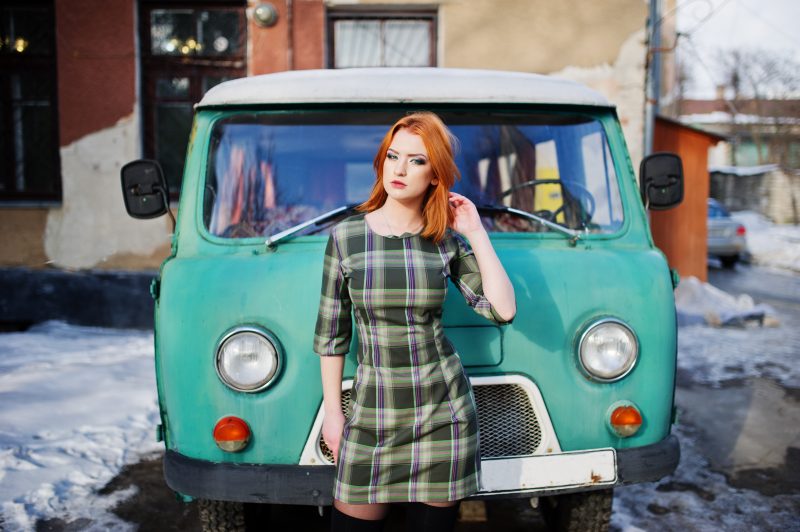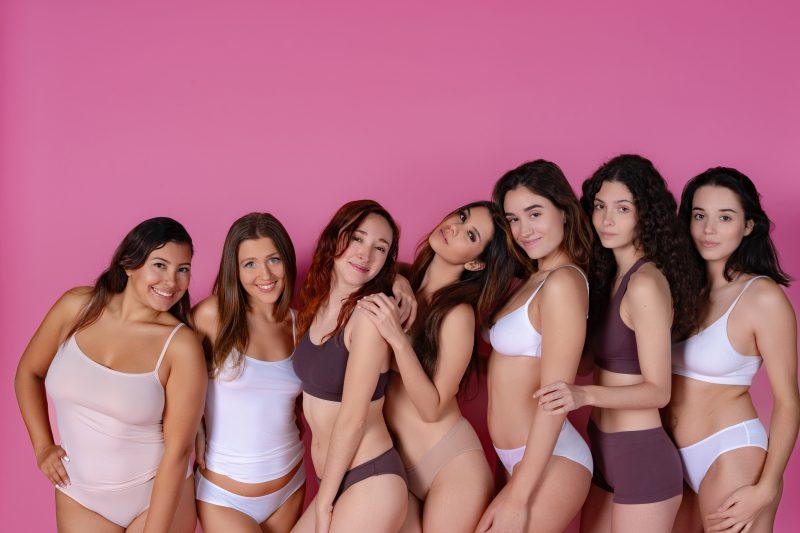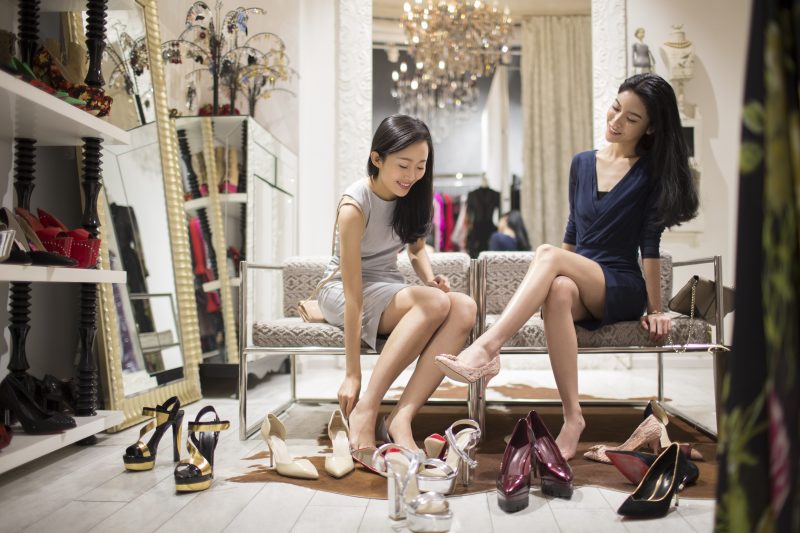There’s a running joke in fashion circles about the gap between what editors wear to shows versus what they wear to actually work. You’ve seen the street style photos—the outlandish coats, the impractical shoes, the layered jewelry that sounds like wind chimes with every movement. What those carefully composed shots don’t show? The same editors the next day, back at their desks in perfect white t-shirts and well-cut black pants, sighing with relief as they slip off statement shoes and replace them with the flats hidden under their desks.
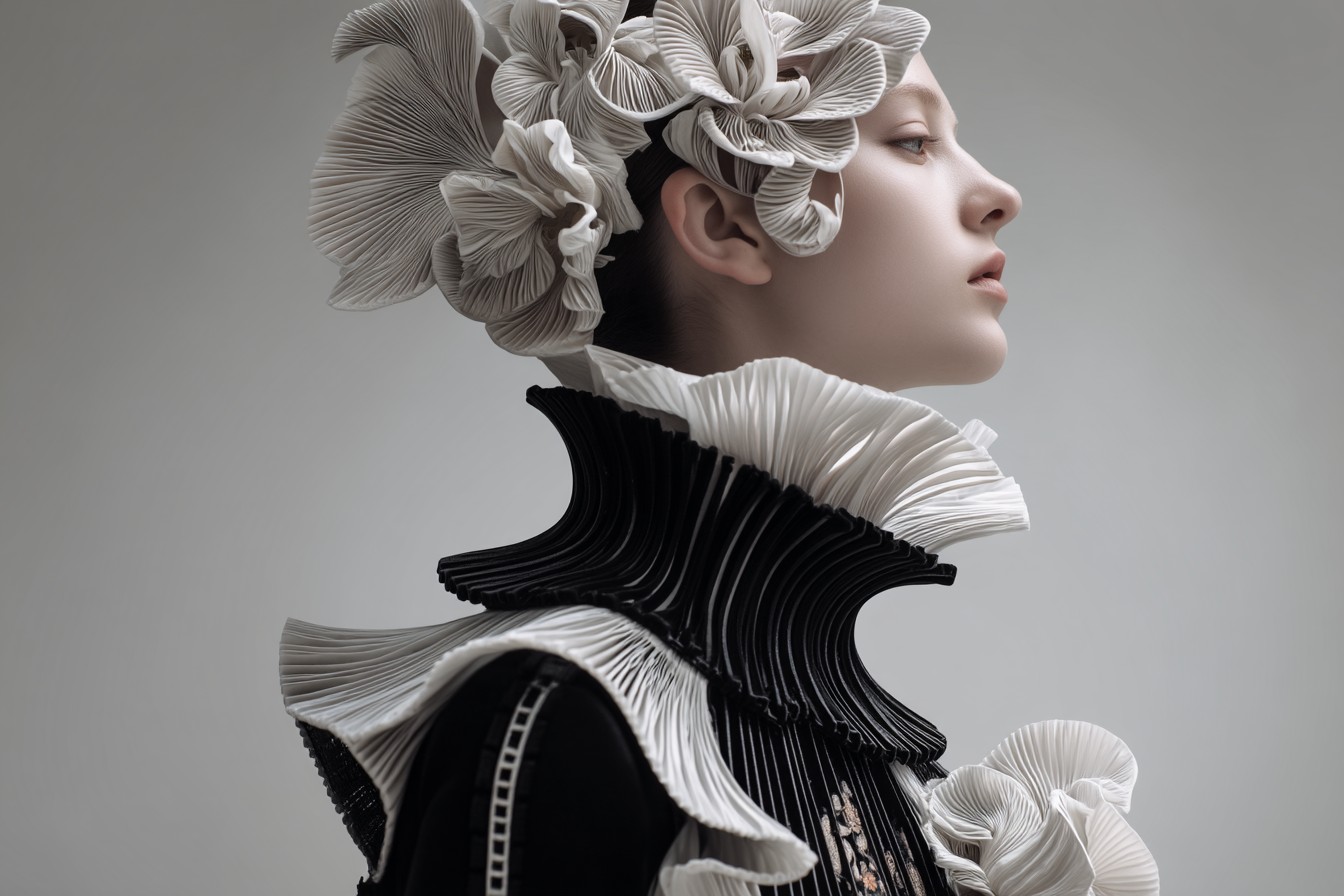
I had this reality check early in my career, when I was interning at a major fashion magazine that shall remain nameless (though its name rhymes with “log”). After stalking—I mean, admiring—the style of a particularly influential editor on Instagram for months, I was shocked to discover that her day-to-day uniform consisted of nearly identical navy sweaters, straight-leg jeans, and white sneakers. The architectural earrings and avant-garde dresses that populated her social media only made appearances for events and photo ops. It was my first lesson in the difference between fashion as performance and fashion as practical daily uniform.
This isn’t to say fashion insiders are being dishonest—those statement pieces are genuinely part of their wardrobes and style expression. But the reality of working in fashion (or any industry) involves a lot more practical considerations than an Instagram grid would suggest. You try editing copy on deadline while wearing architectural sleeves that dip into your coffee every time you reach for your mug. There’s a reason we save those pieces for occasions when we’re being looked at rather than doing the looking.
A few weeks ago, over drinks with five other fashion editors, I posed a simple question: “What basic item are you secretly obsessed with that would shock your followers?” What followed was a torrent of confessions about the “boring” foundational pieces they rely on—items so fundamentally unsexy that they rarely, if ever, make it to social media, yet are the true workhorses of their wardrobes.
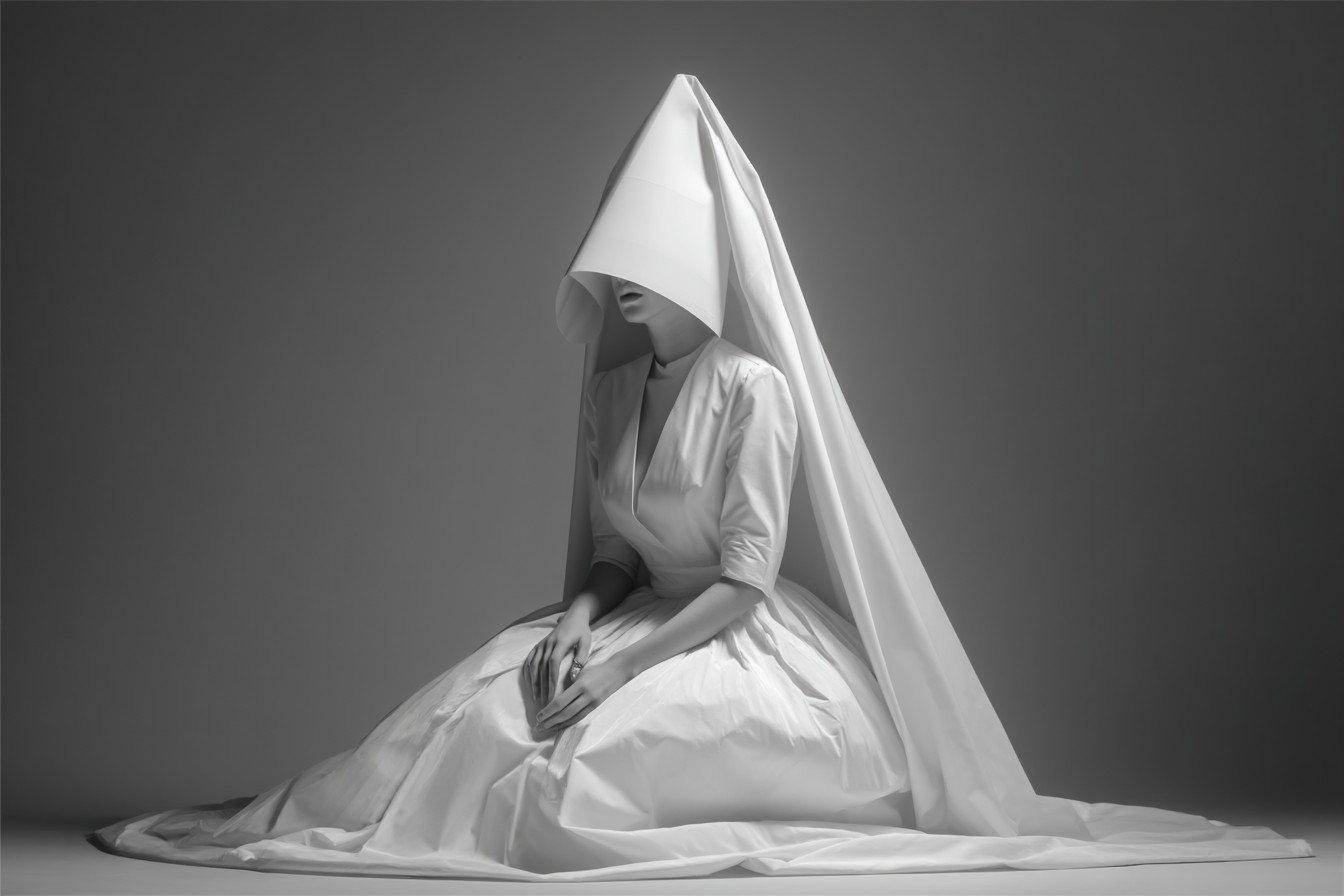
“Plain black Levi’s 501s,” admitted Keisha, an editor known for her colorful, maximalist aesthetic online. “I have four identical pairs. When I find jeans that actually fit my body, I don’t mess around.” This from a woman whose Instagram suggests she exists in a perpetual state of pattern-mixing nirvana.
Uniqlo Heattech everything,” confessed Marcus, a menswear editor whose outrageously elegant street style makes regular appearances on fashion week roundups. “I layer that stuff under everything all winter. No one sees it, but I’d literally die without it.” The notion of this arbiter of sartorial sophistication being secretly devoted to mass-produced thermal underlayers felt like finding out a famous chef’s favorite meal is boxed mac and cheese.
The flood of confessions continued. White button-downs. Plain cashmere crewnecks. Seamless underwear. Black ankle boots. Cotton camisoles. The kind of items that never inspire breathless coverage or make anyone stop scrolling, but that form the essential foundation for more eye-catching pieces. The fashion equivalent of drywall—utterly necessary but never the thing people compliment when they visit your home.
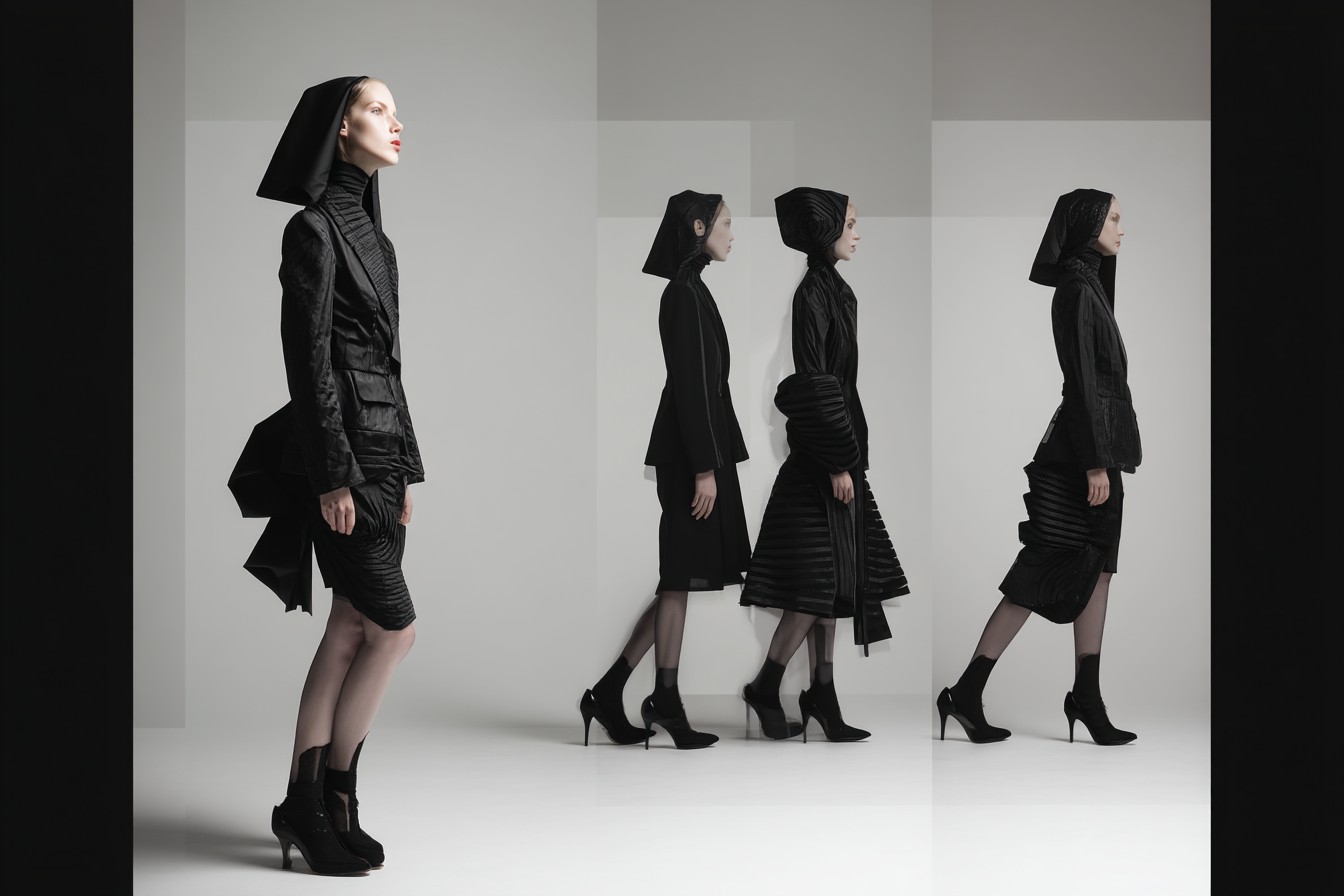
This conversation inspired me to dig deeper into the “boring” basics that fashion insiders actually swear by—the pieces that might never make it to an outfit post but that they would be genuinely distressed to lose. I reached out to stylists, editors, buyers, and other industry professionals, promising anonymity in exchange for honesty about their most relied-upon basics.
The item mentioned most frequently? Plain white t-shirts. Not as a fashion statement, not worn ironically or oversized or cropped or with clever cutouts—just simple, well-made white tees that look equally appropriate under designer blazers or paired with vintage jeans on weekends.
“I have a standing order for Petit Bateau white t-shirts,” revealed a fashion director at a luxury publication. “They arrive at my apartment every three months like clockwork. I replace them before they can show any signs of wear. It sounds high-maintenance, but perfect white t-shirts are the foundation of at least sixty percent of my outfits.”
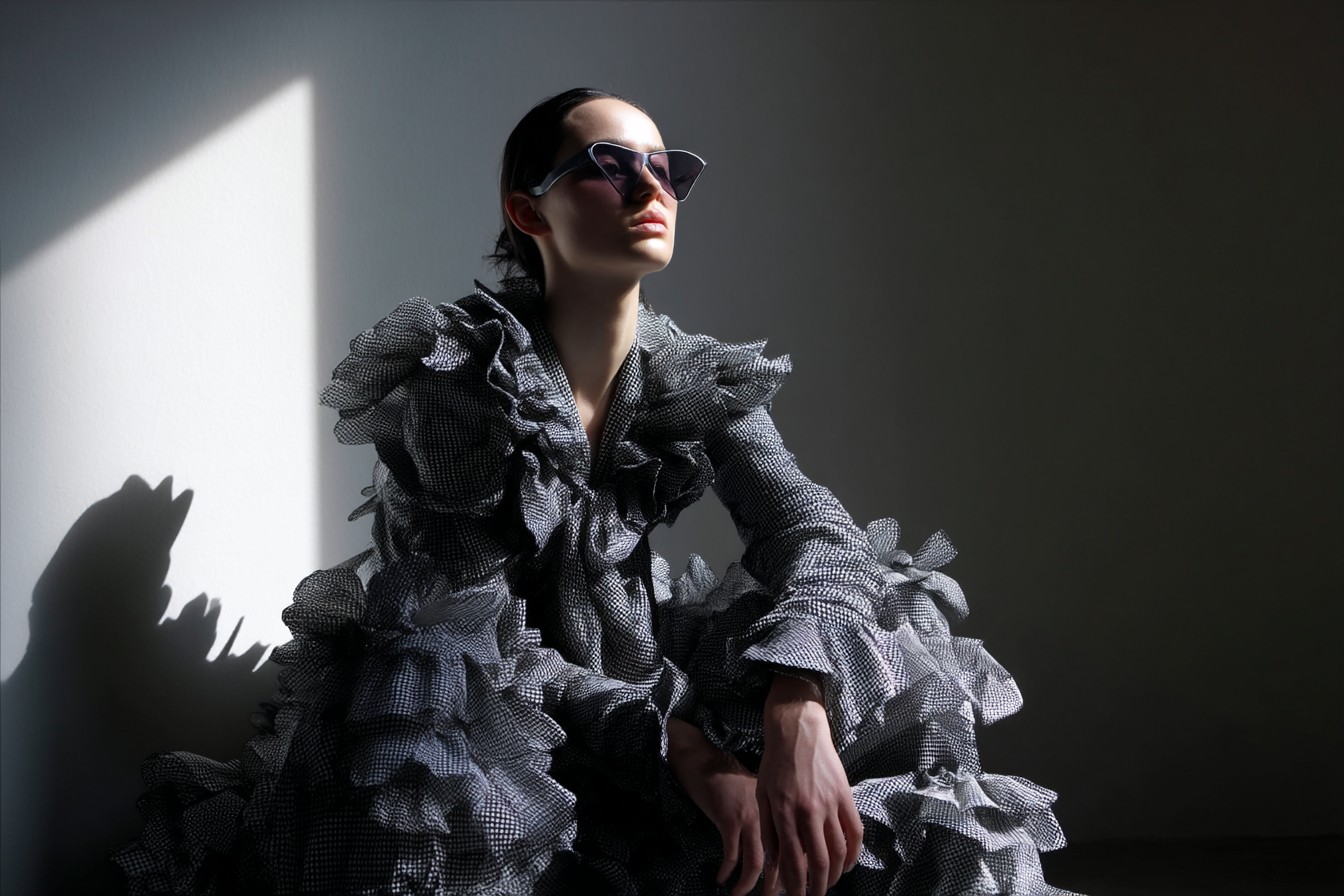
Another editor confessed to ordering white Hanes men’s undershirts in bulk from Amazon. “They’re like $20 for a six-pack, wash beautifully, and look exactly right with everything from suit pants to slip skirts. I’ve tried the fancy versions, and honestly, nothing looks better than these boring ones that cost less than my morning coffee.”
Plain black ankle boots ranked second on the secret essentials list, with numerous fashion insiders confessing to owning multiple identical pairs of simple, walkable boots that go with everything and never draw attention to themselves.
“I have the same Acne Jensen boots in black that I’ve been wearing for about seven years,” said a stylist who works with celebrity clients. “When they wear out, I buy the exact same ones again. They’re my secret weapon—they make every outfit look considered without ever stealing focus. I wear them to client meetings, on set, to shows, to dinners. They look good with literally everything and I can walk for miles in them.”
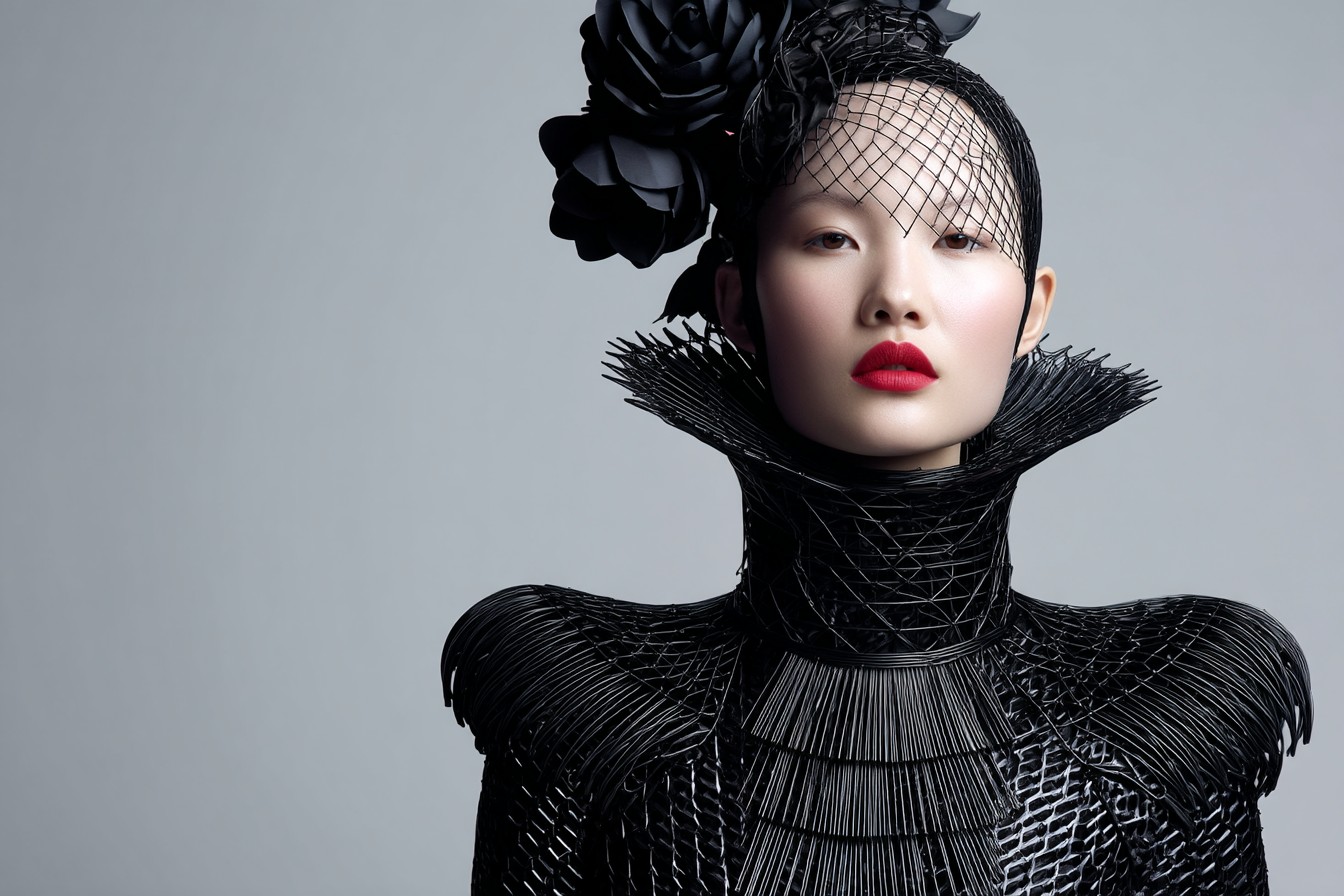
Another stylist admitted to having three identical pairs of black leather Chelsea boots in rotation at all times. “When one pair starts to look too worn, I move it to ‘weekend only’ status, promote the second pair to ‘professional settings,’ and break in the new pair. They’re completely unremarkable, which is precisely what makes them perfect.”
Next on the list of secret fashion editor essentials: perfect black trousers. Not the trendy silhouette of the moment, but well-cut, classic pants that create a streamlined foundation for more interesting pieces on top.
“I have five pairs of identical black wool pants from The Row that I bought three years ago when I got a significant discount through work,” confessed a market editor at a major digital publication. “No one who follows me on Instagram would ever guess that I wear the same pants multiple times every week, but they’re the cornerstone of my actual working wardrobe. They’re completely unremarkable in photos but make me feel instantly put-together in real life.”
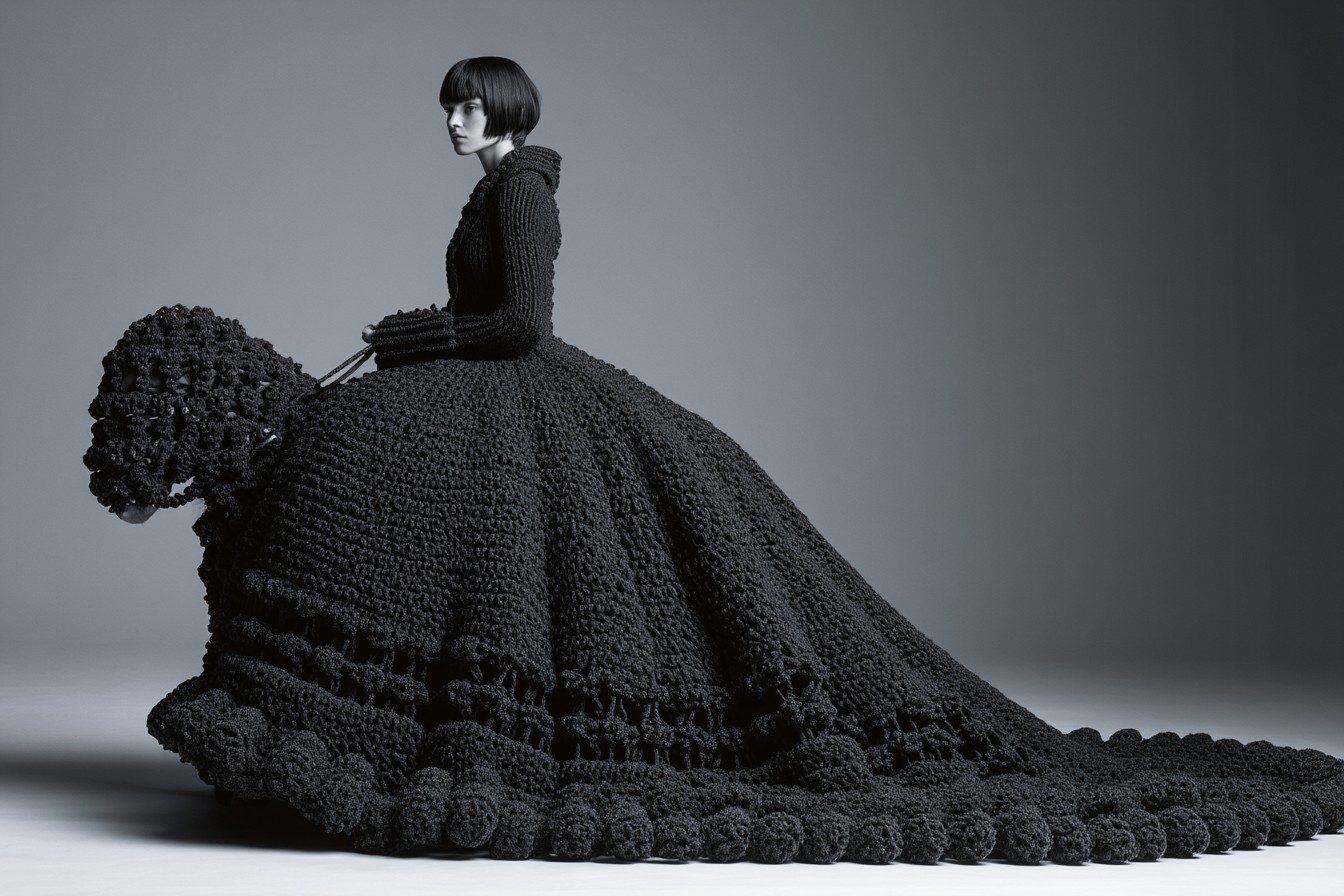
Several editors mentioned simple cashmere sweaters in neutral colors as their most relied-upon basics. “I have a collection of navy, black, and gray cashmere crewnecks that I’ve been building for years,” said a senior fashion editor. “Some are expensive, some are J.Crew on sale, but they all serve the same purpose—they’re the perfect backdrop for more interesting jackets, jewelry, or scarves. I probably wear one at least three days a week, but I’d never post a photo of just the sweater because it would be the most boring content imaginable.”
The undergarment category yielded particularly passionate responses, with several fashion insiders naming seamless, nude underwear as their most essential basic. “I have this conversation all the time with other stylists,” said one industry veteran. “We’ll be discussing some avant-garde designer in public, then quietly exchange information about Commando underwear that doesn’t show under anything. It’s like this secret professional knowledge that’s too boring to put in print but actually matters more than our opinions on the latest collections.”
Simple black leggings earned multiple mentions, though always with qualifiers about how and where they’re worn. “I would never say this in a professional context, but good black leggings are essential to my life,” admitted a fashion director. “Not as pants—I’m not a monster—but for layering under dresses when it’s cold, for long flights, for working from home. The fancy technical fabric ones from Lululemon have gotten me through fashion weeks in freezing cities.”
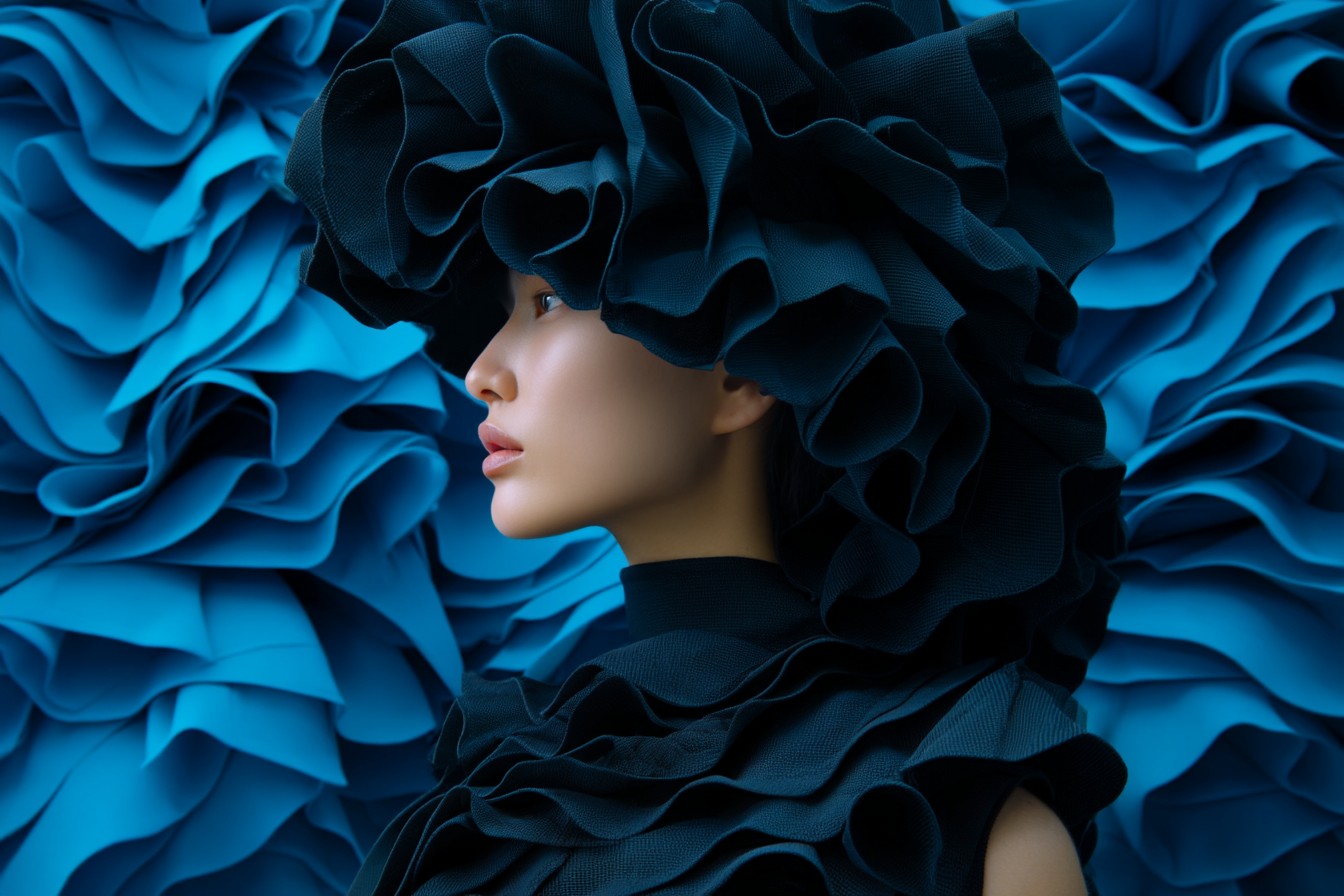
Plain white button-down shirts appeared repeatedly in responses, with many citing them as the ultimate “fashion editor off-duty” staple. “There’s nothing more luxurious than a perfectly oversized white button-down,” noted a stylist for major fashion advertisers. “I buy men’s oxford shirts and have them tailored slightly. With jeans and loafers, it’s my weekend uniform. With black pants and gold jewelry, it’s my work uniform. No one on Instagram wants to see a white button-down, but I feel naked without one in my suitcase when I travel.”
Beyond specific items, many cited quality plain black or navy socks as their most overlooked essential. “I have a subscription to nice merino socks,” revealed a menswear editor. “They arrive quarterly. It’s the least flashy fashion purchase I make but possibly the one that affects my daily comfort the most.”
The money-where-your-mouth-is revelation: many fashion editors splurge most consistently not on statement pieces but on higher-quality versions of these basics. “I’ll agonize over spending $300 on an interesting top that everyone will notice, but I unhesitatingly spend on multiples of perfect t-shirts, cashmere sweaters, and black pants,” explained a fashion news director. “The boring stuff is what I actually live in, so the cost-per-wear makes the investment logical.”
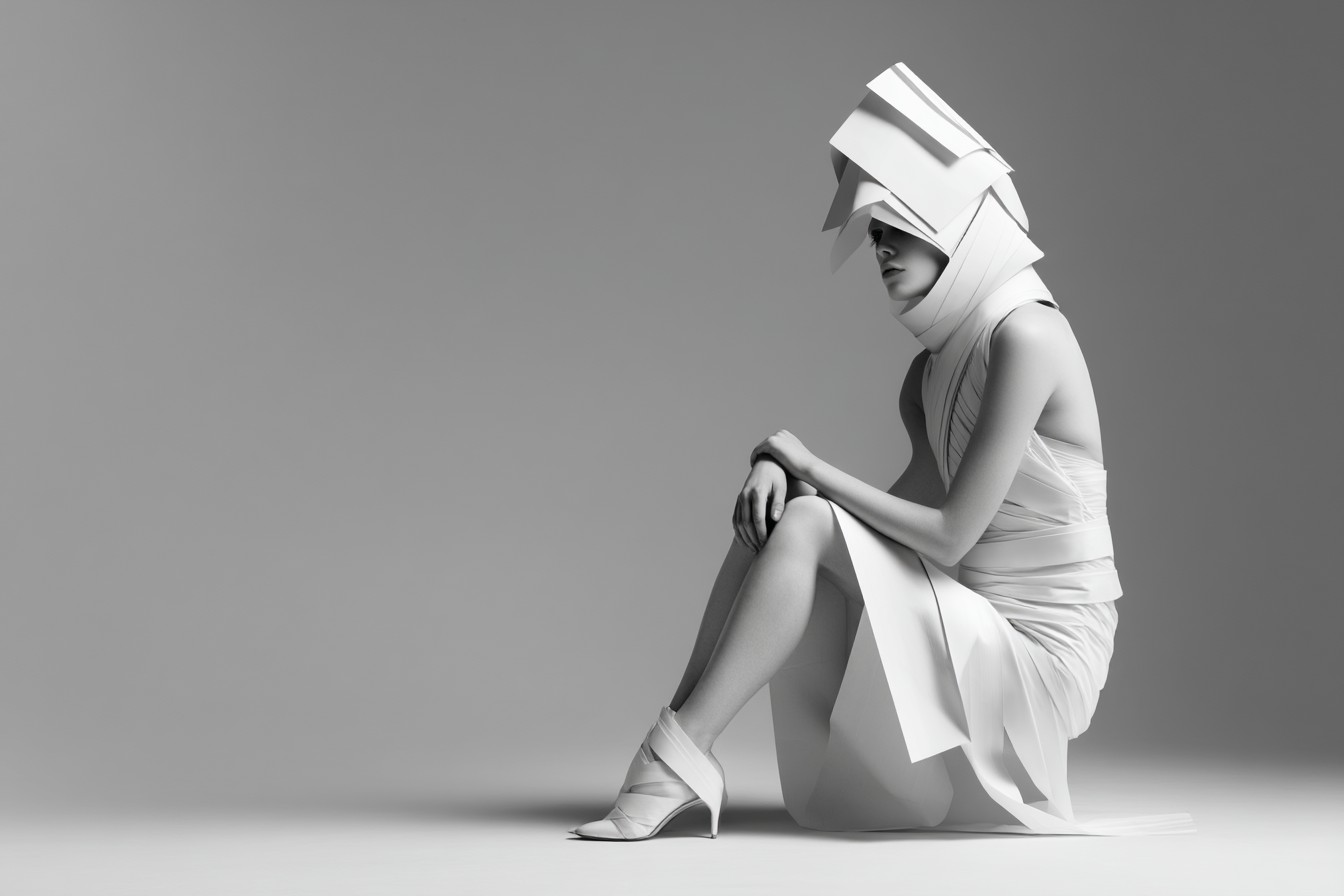
When I asked about their social media habits around basics, nearly everyone admitted to deliberately excluding their most-worn items from their online presence. “No one follows me to see black pants and white shirts,” said one editor bluntly. “They follow me to see the one day a month I wear something photographically interesting. It’s theater, not documentary.”
This isn’t necessarily deceptive—it’s more like the difference between a restaurant’s carefully plated signature dish versus the family meal the chefs actually eat before service. Both are authentic parts of the culinary experience, but they serve different purposes.
The deeply unglamorous truth about working in fashion? Practical considerations often override aesthetic ones in daily dressing. Buyers spend market weeks on their feet for 12+ hours and prioritize comfortable footwear over statement shoes. Editors running between back-to-back appointments rely on easy, versatile pieces rather than outfits requiring careful arrangement. Stylists working on set need clothes that allow for constant movement and don’t distract from their focus on the subject.
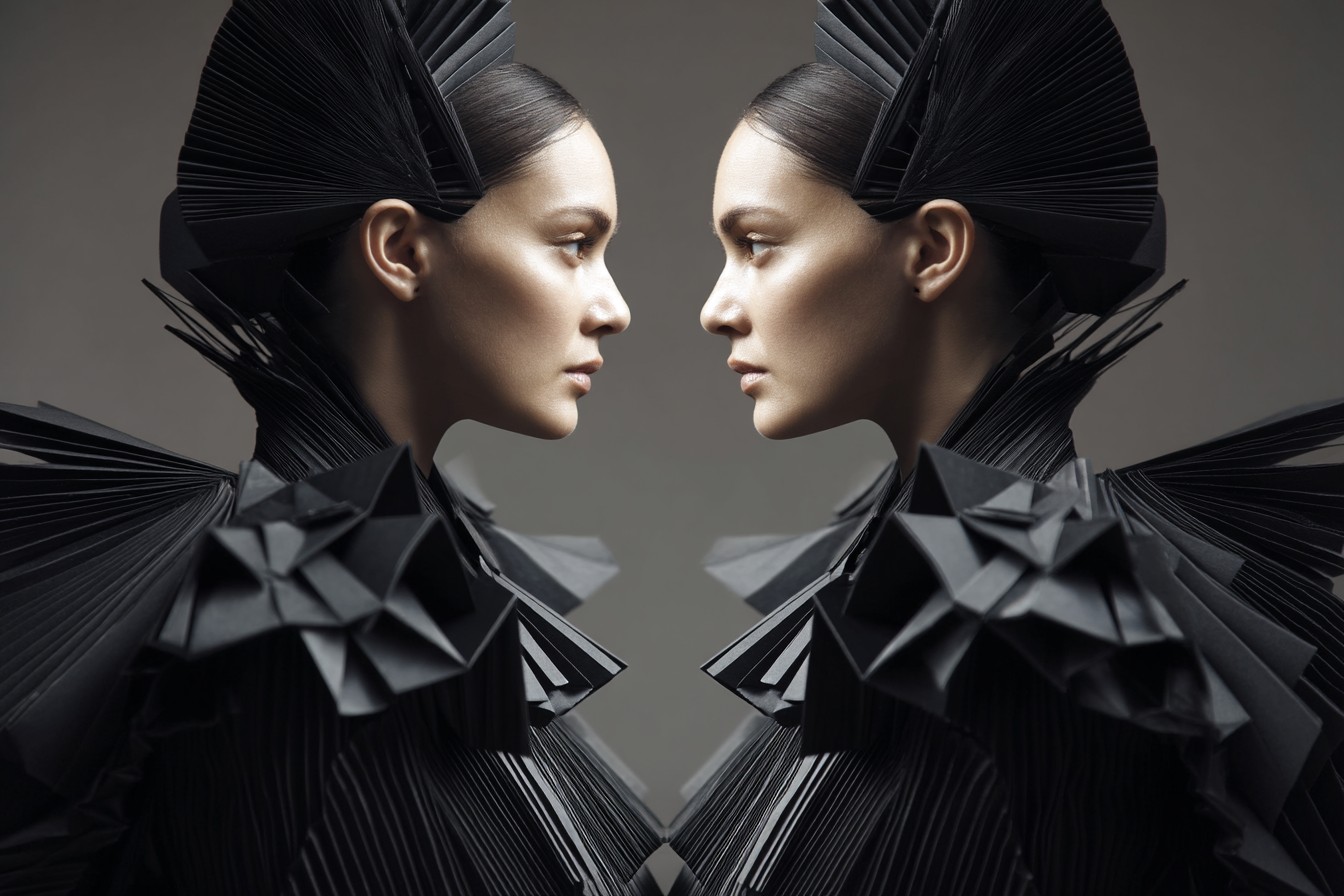
Some of the industry’s most influential figures maintain what amounts to a personal uniform of basics, saving their creative expression for the collections and imagery they help create rather than their own wardrobes. Think Grace Coddington’s reliable black ensemble, or the late Karl Lagerfeld’s consistent look. There’s a freedom in removing daily clothing decisions from the equation when you make aesthetic judgments professionally all day.
“The most stylish people I know have a deeply considered rotation of basics with very occasional statement pieces mixed in,” observed a veteran fashion director. “It’s the fashion equivalent of great interior design—you need the perfect sofa before you worry about the interesting accent pillows.”
This reliance on unexciting essentials isn’t limited to fashion insiders. When brands analyze their sales data, they consistently find that their “boring” core products—simple sweaters, well-cut pants, practical handbags in neutral colors—dramatically outsell the runway pieces that generate press coverage and social media buzz.
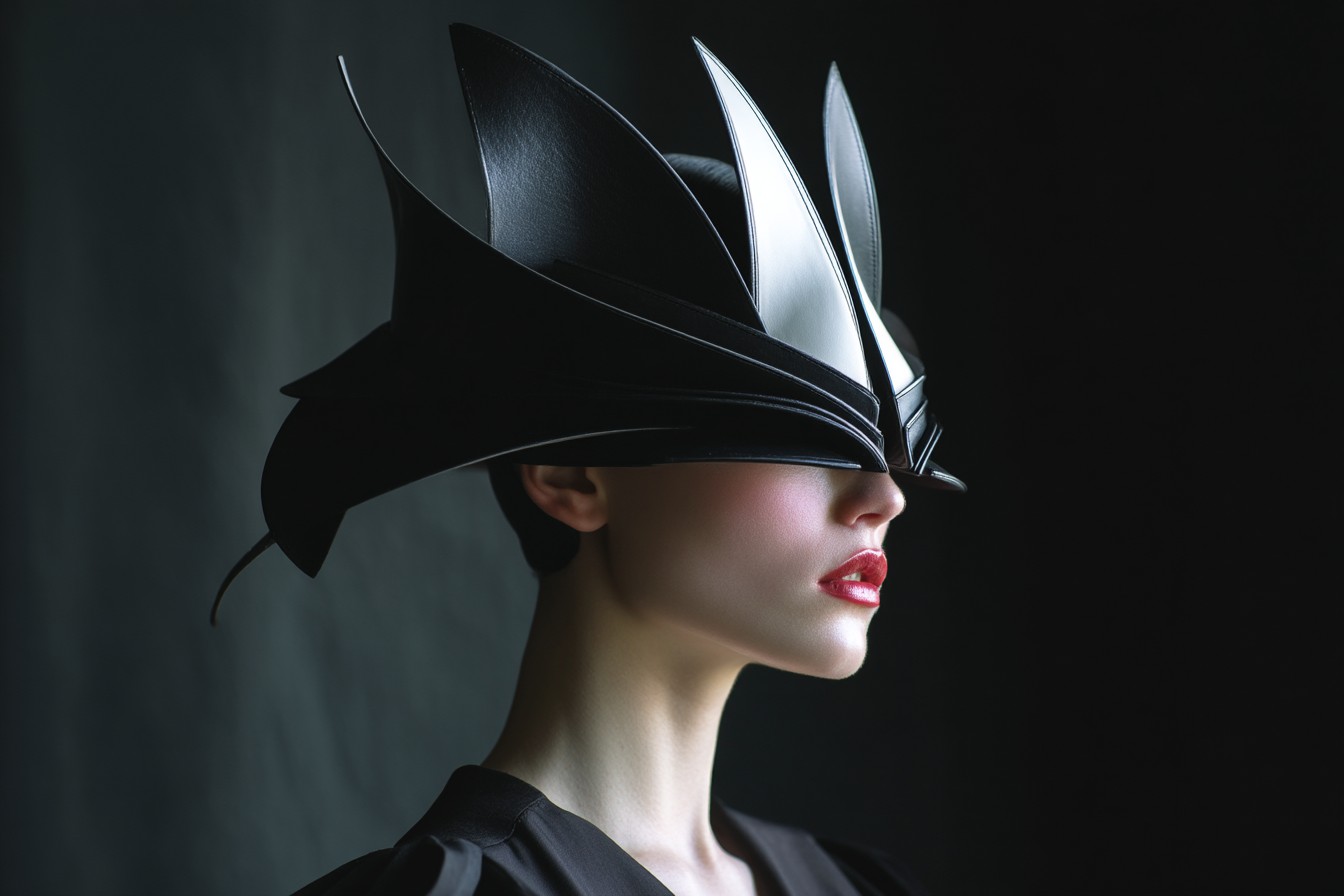
“We know from our sales data that for every sculptural statement earring we sell, we sell dozens of simple gold hoops,” confirmed a jewelry designer whose work appears regularly in magazine editorials. “The basic pieces financially support the creative experimentation that builds our brand image.”
This isn’t to suggest that fashion’s more expressive, creative pieces don’t matter. They absolutely do—they push boundaries, create cultural moments, make fashion fun, and often filter down to influence how basics evolve over time. But the industry’s public-facing emphasis on novelty and statement pieces creates a skewed perception of how even the most fashionable people actually dress day to day.
The reality is more nuanced and, frankly, more accessible: even the most stylish people rely heavily on well-chosen, not-particularly-exciting foundation pieces, saving their more dramatic fashion moments for specific occasions. The difference lies not in avoiding basics altogether but in finding the perfect versions of those basics and understanding how to deploy them effectively.
So what can we learn from these industry confessions about secret basics obsessions?
First, invest disproportionately in the boring items you actually wear constantly. Perfect versions of everyday basics—whether that’s t-shirts, black pants, simple sweaters, or comfortable boots—deliver far more value over time than statement pieces that might be worn only occasionally.
Second, recognize that a curated collection of high-quality basics creates the foundation for a more functional and versatile wardrobe than an assortment of distinct statement pieces with nothing to connect them. The fashion professionals with the most enviable style often have a remarkably consistent foundation with selective variation.
Third, understand that what works for photographs and social media is often different from what works for real life. The fashion you consume online is more performance than practical document—not fake, exactly, but certainly edited to highlight the most visually compelling moments.
Finally, there’s no shame in having fashion favorites so basic they’d never merit a dedicated post or photo. Even—perhaps especially—people who think about clothing professionally understand the value of reliable, unexciting pieces that simply work beautifully day after day.
As for me, what “boring” basics am I secretly obsessed with? Plain black Uniqlo turtlenecks that cost $29.90 and look significantly more expensive. I buy multiples every fall. I wear them under dresses, with jeans, beneath blazers, and on their own with statement jewelry. They’re completely unremarkable and utterly essential to my wardrobe. I’ve never once posted a photo focused on just the turtleneck, but I’ve worn one in countless images where it quietly does the work of making everything else look good.
The fashion industry thrives on newness and visual excitement—that’s part of what makes it creatively fulfilling and culturally important. But behind the colorful, patterned, textured, embellished surface runs a steady current of perfectly chosen basics that make everything else possible. Like the bass line in a favorite song, these pieces rarely get the spotlight but create the foundation that holds everything else together. That’s not boring—that’s brilliant.
